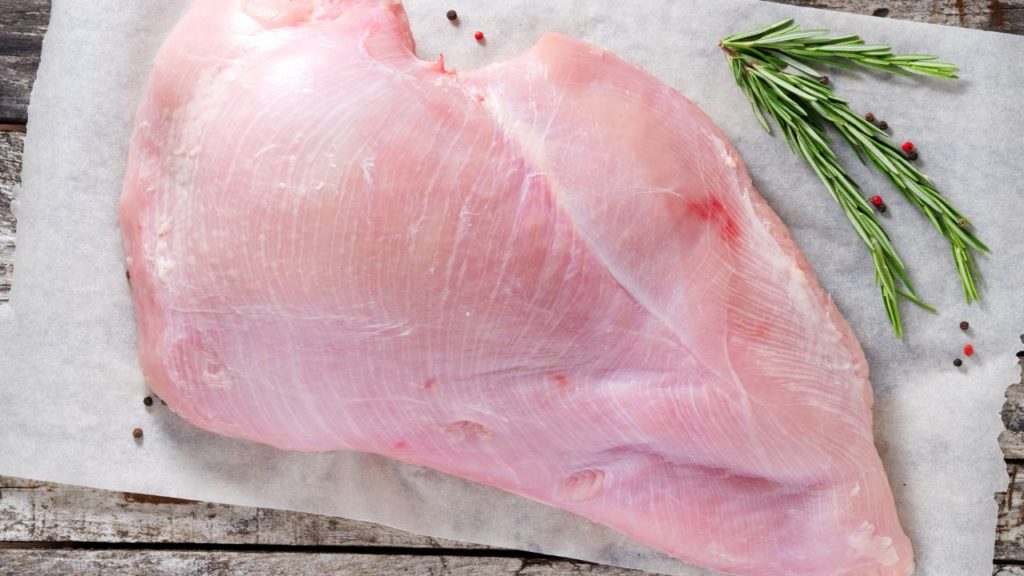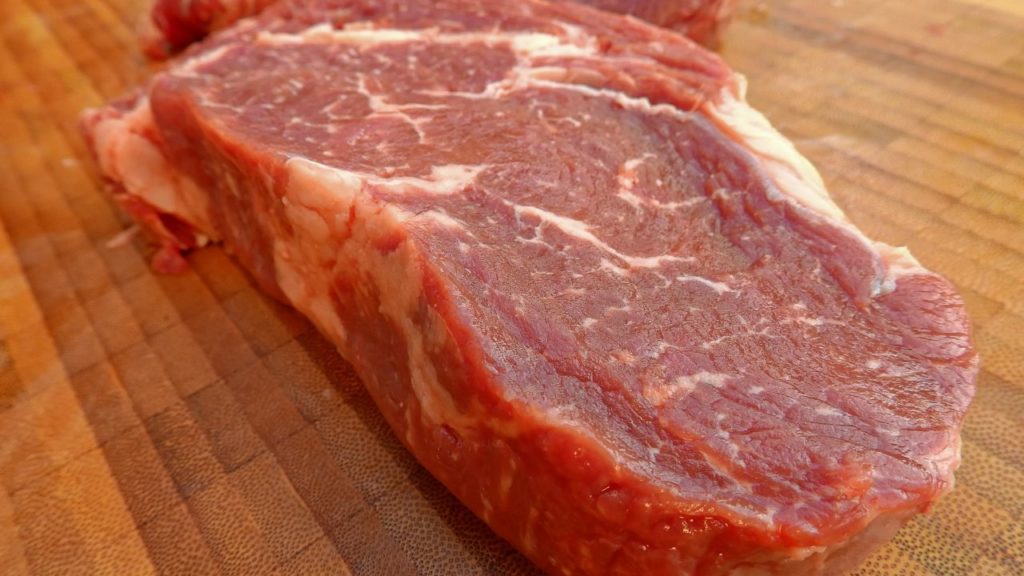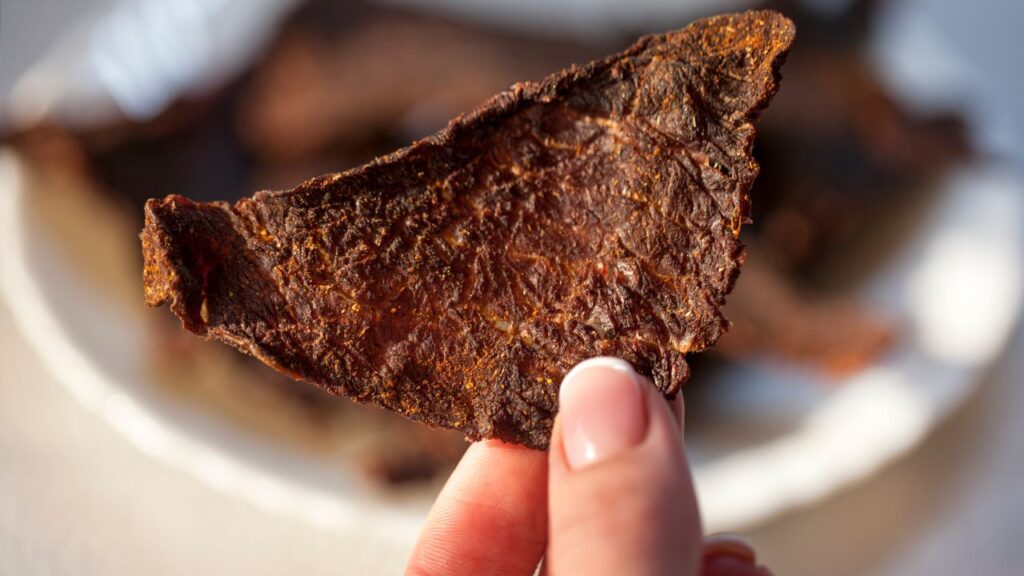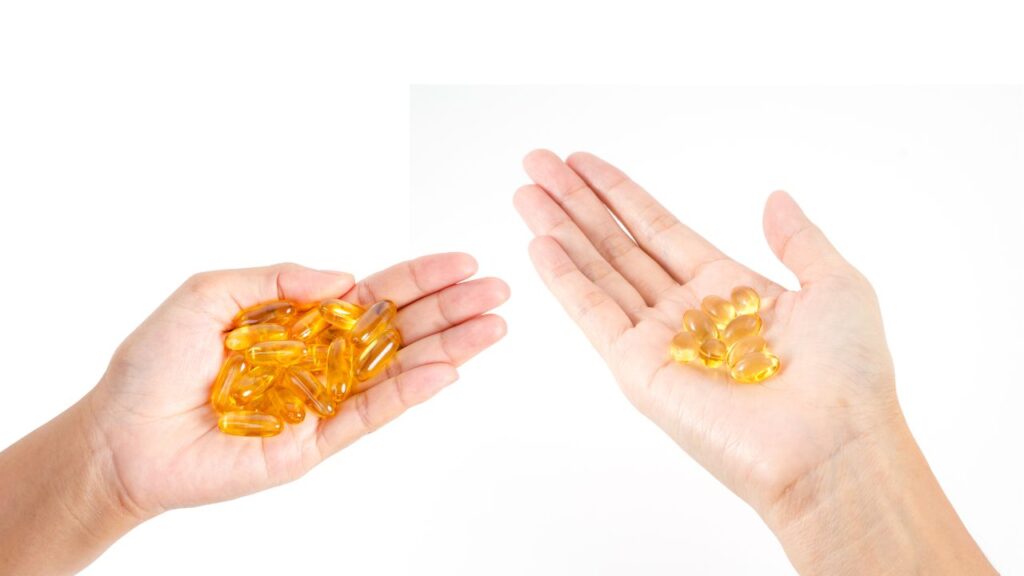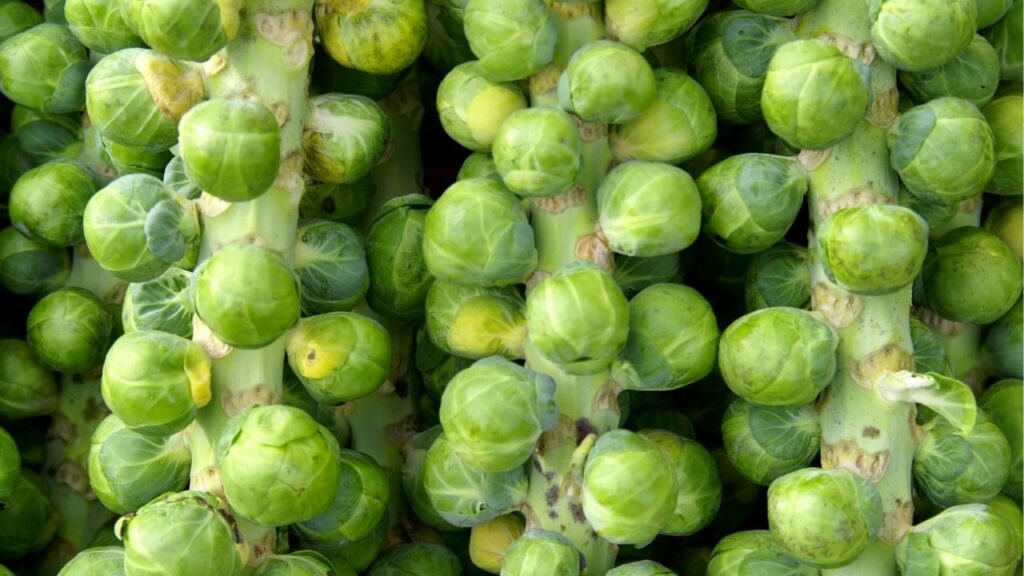Venison is a nutritious, low-fat protein source for dogs that comes from antlered game animals like deer and elk. It is an excellent source of important vitamins and minerals and can help senior dogs, overweight dogs and dogs with allergies. Venison can be a healthy addition to your dog’s diet, but it is very important to prepare and cook it properly to avoid bacterial contamination that can make your dog sick.
Key Takeaways
- Venison is a nutritious protein source for dogs because it has a high protein and low fat content and is a good source of important omega-3 fatty acids and vitamins and minerals like iron, vitamin B12, zinc, and selenium. Venison may also be an ideal protein source for senior dogs, overweight dogs or dogs with allergies.
- Compared to beef, venison has a higher protein content, lower fat content and increased amounts of important omega-3 fatty acids, iron, zinc, selenium and vitamin B12. There is no evidence that venison is better than beef for healthy adult dogs. However, obese and senior dogs may benefit from the increased protein content in venison.
- Venison can be fed to your dog every day, but if it is the primary protein source, it should be part of a balanced diet to make sure there is enough fat in your dog’s food.
- You can give your dog a small amount of cooked venison in addition to their regular diet. 1oz of cooked ground venison contains 52 calories and is a nice meaty snack. When part of a balanced diet, venison should provide a protein source of least 18% percent of the diet on a dry matter basis and 22.5% for puppies.
- You should cook venison to avoid the risk of bacterial and parasite contaminants making your dog sick, especially if the meat is obtained through hunting.
- Venison is generally well tolerated by dogs in small amounts or as part of a well-balanced diet.
Why Venison Is Good for Dogs
Venison provides numerous nutritional benefits compared to other red meats, including being lower in calories, fat (<3%), and cholesterol as well as an important source of vitamins and minerals.4
Venison has become an increasingly popular meat source for dogs due to its high protein content (20-25%), essential amino acid profile, nutritional value, palatability, and as a novel protein source for dogs with food allergies.5,9
Less Fat, But Good Fats in Venison
Even though venison has a low fat content (typically less than 3%) compared to beef and pork, it contains an increased amount of polyunsaturated fatty acids and lower saturated fatty acids that can reduce inflammation.5–7
The fat content in deer can be affected by many things, including the species, sex, lifestyle, and diet of the animal. Generally, meat from farmed deer fed a concentrate feed tend to have higher fat content and lower moisture content than grass-fed deer.4,5
Venison Is Rich in Minerals and Vitamins
In addition to its advantageous fatty acid composition, venison is a good source of potassium and phosphorus. It contains higher amounts of iron, vitamin B12, zinc, and selenium than beef, pork and chicken meat.5,6,8
Venison May Be Helpful for Dogs with Food Allergies
Dogs with food allergies to protein sources like chicken and pork may respond well to a different protein, like venison. Using a novel protein can help resolve symptoms like itchiness, hair loss, hot spots, and crusting.10
However, there is evidence that dogs with beef allergies may not tolerate venison as well, so a small amount of venison-based food should be tried before changing over the diet completely.11,12
Venison May Help Overweight Dogs
Venison can be a good protein choice for obese dogs. In one study, obese dogs lost more weight with a high-protein, low-carbohydrate diet even when consuming the same number of calories as with a high-carbohydrate food.13
Venison’s High Protein May Also Help Senior Dogs
Venison can also help senior dogs stay healthy longer. Older dogs need 50% more protein than younger dogs, and muscle wasting and loss of immune function can occur if they don’t consume enough protein in their diet. Diets for senior dogs should contain 25% of the calorie content provided by protein to avoid negative effects.14
Venison Is Sustainable
Eating deer can have positive impacts on local ecology and serve as a sustainable food source. Deer are considered a natural resource in North America, but their populations must be regulated to prevent overpopulation. Excess deer populations can strip the habitat of valuable resources and increase the likelihood of deer-vehicle collisions.3
One way of controlling deer numbers is by selling hunting permits based on the measured deer population. If you would like to hunt deer for your own family, the number and cost of hunting permits vary by state, so you should consult your state and local government website for more information.15–17
Potential Warnings About Venison for Dogs
Even though venison has many benefits, there are some important things to remember when feeding venison to your dog. Venison can occasionally contain some toxic substances, most often because of pollution in the deer’s environment.
Nitrosamines
Nitrosamines are cancer-causing chemicals that can build up in game animals due to chemical pollution of their natural environment with sewage and decaying animal matter. Therefore, venison from deer farmed or hunted in polluted environments may contain some of these toxic compounds.18
Heavy Metals
Also, a harmful build-up of metals like cadmium, lead, mercury, and arsenic can occur in game meat due to some hunting methods and agricultural and industrial activity. For this reason, using non-leaded bullets when hunting is recommended to avoid lead contamination of the meat.9,19,20
Parasites and Bacteria
Even though raw meat diets are popular, you should always cook venison fully before giving it to your dog or eating it yourself. Raw and undercooked venison has been shown to contain tapeworm cysts and cause outbreaks of toxoplasmosis, e.coli and brucellosis.21–24
How to Store Venison for Dogs
Venison freezes well and can be kept in the freezer for 9-12 months. It should only be thawed in the refrigerator or microwave.
- If the meat is thawed in the refrigerator, you can keep it in the refrigerator for 2-3 days before cooking.
- If you thaw the venison in the microwave, it should be cooked immediately.
When in the refrigerator, venison should be kept on the lowest shelf to avoid the risk of contamination of other foods below it.
How to Prepare Venison for Dogs
Venison should be cooked until it reaches an internal temperature of 165°F to ensure all harmful bacteria have been killed. The color of the meat should not be used as an indicator of doneness. Use a thermometer to make sure the proper temperature has been reached.25
Due to the risk of bacterial and parasitic contamination of venison meat, it is never a good idea to feed raw venison to your dog.
How Much Venison to Feed Your Dog
AAFCO (Association of American Feed Control Officials) sets nutritional guidelines for dog food for different life stages and helps pet parents and pet food companies ensure that they feed dogs a complete and balanced diet.
AAFCO recommends the minimum amount of dietary protein in an adult dog’s diet should be at least 18% dry matter (DM) and 22.5% dry matter for growing dogs.26 You can use these guidelines to help decide how much venison to give your dog on a daily basis, but keep in mind that using other proteins might contribute to that protein budget.
When preparing a meal for your dog at home without a set recipe, it can be very difficult to know how much of each component to feed. A good guideline is that there should be a 2:1 to 3:1 ratio of carbohydrates to protein and an additional fat source should make up 2% of the diet when a lean meat like venison is used.27
However, these ratios are just a guide and it is recommended to use resources like Balance It28 to make sure you are providing your dog with a complete and balanced meal. You can also consult a veterinary nutritionist to make sure you are feeding an appropriate diet.
Here are a couple of resources to assist in determining the best way to meet your pet’s nutritional needs:
- Pet Nutrition Alliance34 https://petnutritionalliance.org/
- Balance-it28 https://secure.balanceit.com/ez/?rotator=NewEz
Since each dog is an individual and has their own nutritional needs, it is important to consult your veterinarian before moving your dog to a homemade diet as nutrient deficiencies can easily develop.
Try Using Venison as a Dog Treat
Before making venison your dog’s primary protein, you can introduce them to venison by giving them a small amount of cooked venison as a snack. One ounce (about 28 grams) of cooked venison is a nice little treat and only adds 52 calories to your dog’s diet.28
Sourcing Venison for Your Dog
Venison is a type of game meat derived from antlered animals like deer and elk.1 However, most of the venison available commercially comes from various deer species like the white-tailed and red deer.2
Venison in the United States can also be from elk, reindeer, fallow deer, or sika deer.2
Venison may be obtained commercially from grocers or butchers that buy from one of 10,000 deer breeding farms in North America and can be found frozen, ground or packaged fresh.29
Venison from regulated farms can be legally sold in the United States, but venison that is legally hunted cannot be sold and should only be used for personal consumption. Regulations for venison sale can vary between states, so you should contact your state’s fish and wildlife agency with any questions.30
Note on Safe Carcass Handling
If you are hunting deer yourself to eat and feed to your dog, it is very important to follow safe carcass handling procedures:
- You should always wear gloves when dressing the meat and avoid excessively handling the internal organs, particularly the brain and spinal cord.31
- If you are hunting in temperatures over 40°F, the meat should be chilled within 3-4 hours after death and should be frozen or refrigerated as soon as possible.
- Cooling the meat quickly by filling the body cavity with ice is recommended to reduce the rate of bacterial growth and contamination.32
- It is important to avoid hunting and eating meat from animals that appear sick or who test positive for chronic wasting disease (CWD).
- CWD is a prion disease that can cause deer to lose body mass, drool and appear listless and is 100% fatal to deer. The chronic wasting disease prion cannot be killed through cooking. It is highly recommended to have deer tested for CWD before consuming.31,33
- Cooking venison for flavor and safety. Accessed February 18, 2023. https://extension.umn.edu/preserving-and-preparing/cooking-venison-flavor-and-safety
- ECONOMIC IMPACT OF THE UNITED STATES CERVID FARMING INDUSTRY. Accessed February 20, 2023. https://www.afpc.tamu.edu/research/publications/480/rr-2007-04.pdf
- Van Buskirk AN, Rosenberry CS, Wallingford BD, et al. Modeling how to achieve localized areas of reduced white-tailed deer density. Ecol Model. 2021;442:109393. doi:10.1016/j.ecolmodel.2020.109393
- Dahlan I, Norfarizan Hanoon NA. Chemical composition, palatability and physical characteristics of venison from farmed deer. Anim Sci J. 2008;79(4):498-503. doi:10.1111/j.1740-0929.2008.00555.x
- Milczarek A, Janocha A, Niedziałek G, Zowczak-Romanowicz M, Horoszewicz E, Piotrowski S. Health-Promoting Properties of the Wild-Harvested Meat of Roe Deer (Capreolus capreolus L.) and Red Deer (Cervus elaphus L.). Animals. 2021;11(7):2108. doi:10.3390/ani11072108
- Nilsson LM. Food, Nutrition, and Health in Sápmi. In: Nutritional and Health Aspects of Food in Nordic Countries. Elsevier; 2018:179-195. doi:10.1016/B978-0-12-809416-7.00007-X
- Lenox and Acvn – ROLE OF DIETARY FATTY ACIDS IN DOGS & CATS.pdf. Accessed March 27, 2023. https://navc.com/wp-content/uploads/sites/4/2016/08/TVP_2016-0910_NN-FattyAcids.pdf
- Serrano MP, Maggiolino A, Landete-Castillejos T, et al. Quality of main types of hunted red deer meat obtained in Spain compared to farmed venison from New Zealand. Sci Rep. 2020;10(1):12157. doi:10.1038/s41598-020-69071-2
- Kudrnáčová E, Bartoň L, Bureš D, Hoffman LC. Carcass and meat characteristics from farm-raised and wild fallow deer (Dama dama) and red deer (Cervus elaphus): A review. Meat Sci. 2018;141:9-27. doi:10.1016/j.meatsci.2018.02.020
- Fritsch DA, Dvm PR. Effect of Two Therapeutic Foods in Dogs with Chronic Nonseasonal Pruritic Dermatitis. 2010;8(3).
- Leistra MHG, Markwell PJ, Willemse T. Evaluation of selected-protein-source diets for management of dogs with adverse reactions to foods. J Am Vet Med Assoc. 2001;219(10):1411-1414. doi:10.2460/javma.2001.219.1411
- Ayuso R, Lehrer SB, Lopez M, et al. Identification of bovine IgG as a major cross-reactive vertebrate meat allergen. Allergy. 2000;55(4):348-354. doi:10.1034/j.1398-9995.2000.00285.x
- Bierer TL, Bui LM. High-Protein Low-Carbohydrate Diets Enhance Weight Loss in Dogs. J Nutr. 2004;134(8):2087S-2089S. doi:10.1093/jn/134.8.2087S
- Laflamme DP. Pet Food Safety: Dietary Protein. Top Companion Anim Med. 2008;23(3):154-157. doi:10.1053/j.tcam.2008.04.009
- Deng P, Utterback PL, Parsons CM, Hancock L, Swanson KS. Chemical composition, true nutrient digestibility, and true metabolizable energy of novel pet food protein sources using the precision-fed cecectomized rooster assay. J Anim Sci. 2016;94(8):3335-3342. doi:10.2527/jas.2016-0473
- Achieving and Maintaining Sustainable White-Tailed Deer Density with Adaptive Management. Published online 2017. doi:10.26077/CYH7-1288
- White-tailed Deer Wildlife Note. Pennsylvania Game Commission. Accessed February 19, 2023. https://www.pgc.pa.gov:443/Education/WildlifeNotesIndex/Pages/White-tailedDeer.aspx
- Rywotycki R. The influence of environment, mode of nutrition and animal species on level of nitrosamine contamination in venison. Meat Sci. 2003;65(3):1045-1053. doi:10.1016/S0309-1740(02)00323-6
- Nkosi DV, Bekker JL, Hoffman LC. Toxic Metals in Meat Contributed by Helicopter and Rifle Thoracic Killing of Game Meat Animals. Appl Sci. 2022;12(16):8095. doi:10.3390/app12168095
- Nkosi DV, Bekker JL, Hoffman LC. Toxic Metals in Wild Ungulates and Domestic Meat Animals Slaughtered for Food Purposes: A Systemic Review. Foods. 2021;10(11):2853. doi:10.3390/foods10112853
- Schumacher AC, Elbadawi LI, DeSalvo T, et al. Toxoplasmosis Outbreak Associated With Toxoplasma gondii- Contaminated Venison—High Attack Rate, Unusual Clinical Presentation, and Atypical Genotype. Clin Infect Dis. 2021;72(9):1557-1565. doi:10.1093/cid/ciaa285
- dfg.webmaster@alaska.gov. Can My Dog Get Sick From Raw Game Meat?, Alaska Department of Fish and Game. Accessed February 16, 2023. https://www.adfg.alaska.gov/index.cfm?adfg=wildlifenews.view_article&articles_id=798
- Ladd-Wilson SG, Morey K, Turpen L, et al. Escherichia coli O157:H7 Cluster Associated With Deer Harvested at a Single Wildlife Hunting Area, Oregon, 2017. Public Health Rep. 2022;137(5):817-819. doi:10.1177/00333549211046111
- van Dijk MAM, Engelsma MY, Visser VXN, et al. Brucella suis Infection in Dog Fed Raw Meat, the Netherlands. Emerg Infect Dis. 2018;24(6):1127-1129. doi:10.3201/eid2406.171887
- Proper Handling and Cooking of Venison | Minnesota Department of Agriculture. Accessed February 16, 2023. https://www.mda.state.mn.us/food-feed/proper-handling-and-cooking-venison
- AAFCO Methods for Substantiating Nutritional Adequacy of Dog and Cat Foods. https://www.aafco.org/wp-content/uploads/2023/01/Model_Bills_and_Regulations_Agenda_Midyear_2015_Final_Attachment_A.__Proposed_revisions_to_AAFCO_Nutrient_Profiles_PFC_Final_070214.pdf
- Remillard RL, Crane SW. Making Pet Foods at Home. http://s3.amazonaws.com/mmi_sacn5/2019/SACN5_10.pdf
- BalanceIT.com. Accessed January 31, 2023. https://secure.balanceit.com/ez/?rotator=NewEz
- Adams KP, Murphy BP, Ross MD. Captive white-tailed deer industry-Current status and growing threat: Captive White-tailed Deer Industry. Wildl Soc Bull. 2016;40(1):14-19. doi:10.1002/wsb.627
- Can game animals or birds be legally sold? Accessed February 20, 2023. https://ask.usda.gov/s/article/Can-game-animals-or-birds-be-legally-sold
- Prevention | Chronic Wasting Disease (CWD) | Prion Disease | CDC. Published October 15, 2021. Accessed February 20, 2023. https://www.cdc.gov/prions/cwd/prevention.html
- Freezing and Canning Venison. Accessed February 20, 2023. https://ohioline.osu.edu/factsheet/hyg-5367
- Human Health and CWD. Accessed February 20, 2023. https://dwr.virginia.gov/wildlife/diseases/cwd/human-health/
- PNA: Nutritional Calculators. Accessed January 31, 2023. https://petnutritionalliance.org/
Topics
Did You Find This Helpful? Share It with Your Pack!
Use the buttons to share what you learned on social media, download a PDF, print this out, or email it to your veterinarian.
